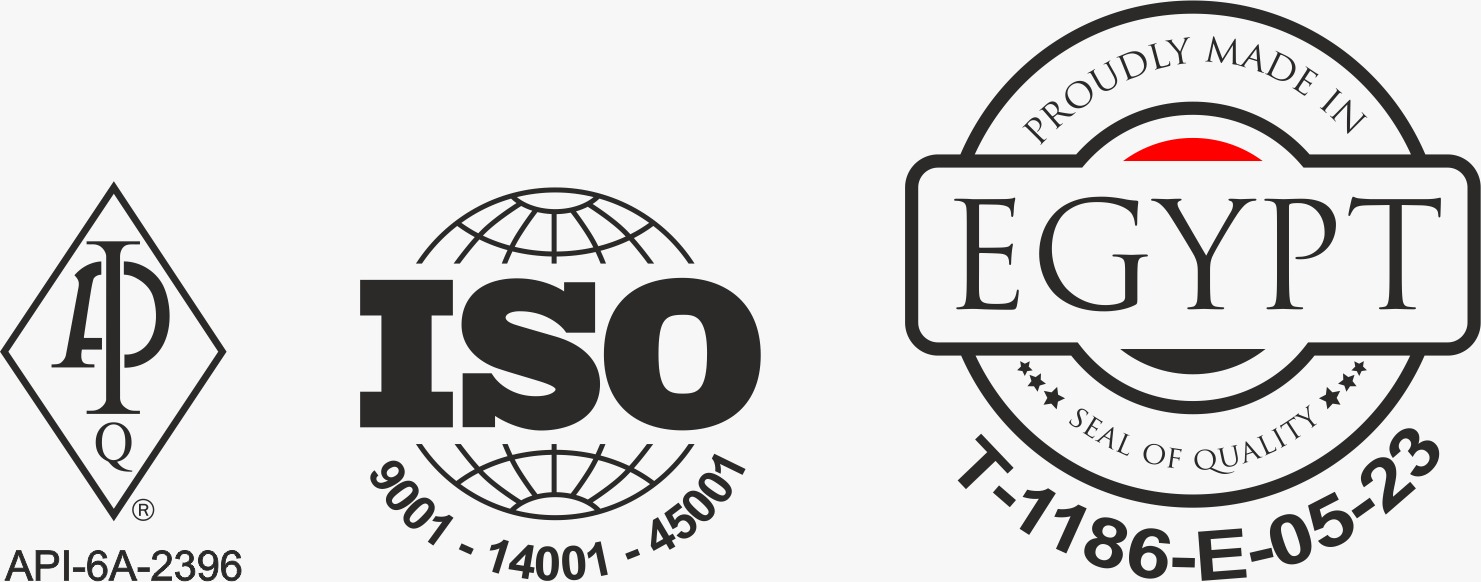Line Pipe
Types of Line Pipes:
• Seamless pipe
Seamless pipes are produced starting from steel billets, that are heated and perforated to create the tubular section. The word “seamless” means the absence of seam welds.
Seamless steel pipes are used for different applications within the oil & gas industry.
• Spiral (SSAW)
SSAW Pipe (Spiral Submerged Arc-Welding Pipe), also called HSAW pipe (Helical SAW), welding line shape like a helix. It is using the same welding technology of Submerged Arc-Welding with LSAW pipe. Differently SSAW pipe is spiral welded where the LSAW is longitudinally welded. Manufacturing process is rolling the steel strip, to make the rolling direction have an angle with the direction of the pipe center, forming and welding, so the welding seam is in a spiral line.
• Longitudinal (LSAW)
An LSAW pipe (“submerged arc welding”) is manufactured by cutting, bending and welding steel plates (JCOE process). LSAW pipes are the longitudinal (with a single or double straight seam weld).
• Electric Resistance (ERW)
ERW pipes are manufactured using steel coils: the coil is first uncoiled, then smoothed, cut and, finally formed into a pipe shape by joining its two extremities electrically.
In the last few years, ERW pipes are have become an efficient alternative to seamless pipes, both in terms of price and performance
• High Frequency Induction (HFI)
The high-frequency induction (HFI) resistance pressure welding technique for longitudinal welding. The endless strip passes through rolling stands where it is shaped to an open pipe, which runs through a high-frequency inductor consisting of a metal coil with single or multiple windings. As a result, high-frequency ring current is induced into the pipe that closes preferably at the strip edges which converge in the welding point. The temperature required for welding is generated by resistance heating of a narrow zone along the strip edges.




